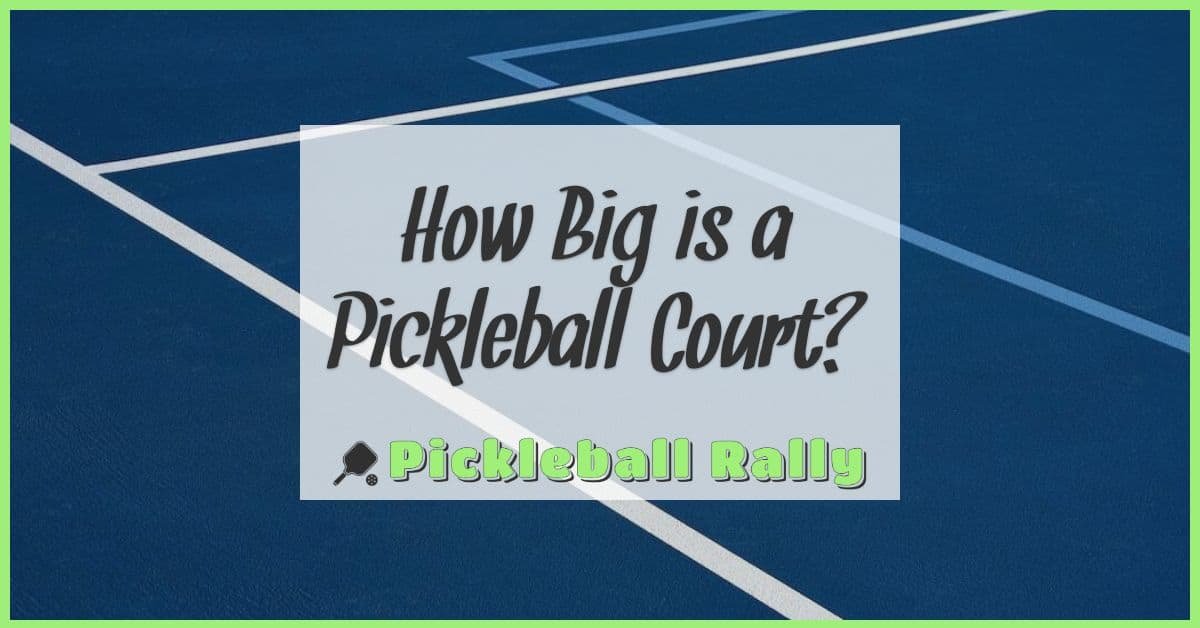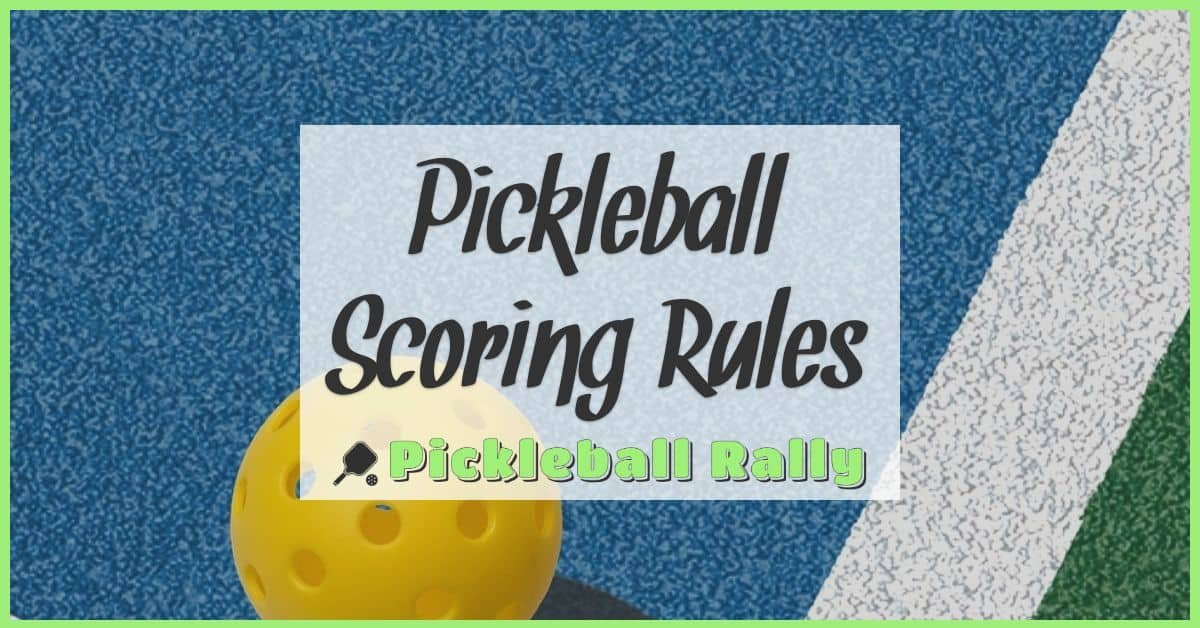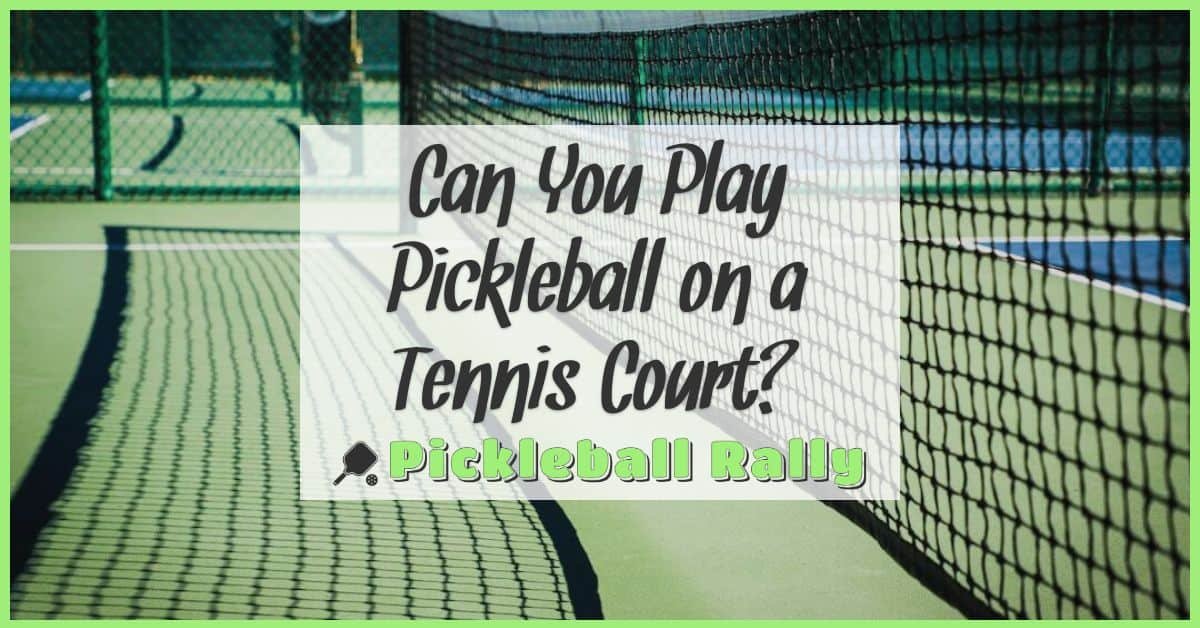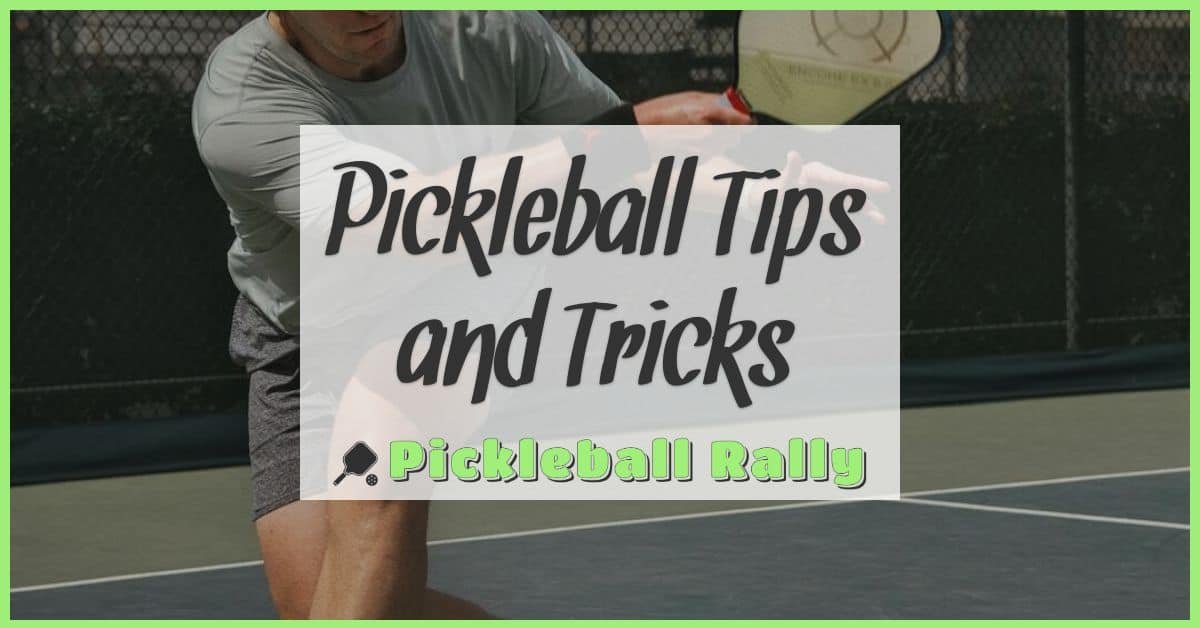Pickleball has quickly become one of the most popular sports for people of all ages. It’s fun, social, and surprisingly effective at boosting physical skills we often overlook. One of the biggest benefits? Improving our balance and coordination.
As we move around the court, reacting to the ball and staying on our feet, we naturally train our bodies to be more agile and steady. Whether we’re beginners or seasoned players, pickleball challenges us to stay focused and in control, making it a great way to enhance these essential skills without feeling like a workout.
Let’s explore how this exciting game helps us build better balance and coordination while having a blast with friends and family.
Benefits of Pickleball for Balance and Coordination
We know pickleball strengthens balance and coordination in ways that benefit every player, from beginners to seasoned pros. Our experience shows consistent play sharpens these skills through dynamic movements and quick reactions on the court.
How Pickleball Enhances Balance
Pickleball challenges us to maintain stability during lateral shifts, sudden stops, and varied stances. Courts require frequent weight transfers between feet, especially when reaching for wide shots or changing direction fast. Engaging core muscles and adjusting foot placement keep us grounded, reducing the risk of falls. Regular gameplay cultivates better postural control, which translates into steadiness in everyday activities and other sports.
Improving Coordination Through Gameplay
Coordination improves as we track the ball’s speed and trajectory while synchronizing hand-eye movements to hit returns accurately. The fast pace demands precise timing between paddle strikes and footwork, helping refine motor skills. Rally exchanges encourage split-second decisions and adapt coordination under pressure. Practicing serves, volleys, and dinks in drills further develops smooth, controlled motions essential for peak performance.
Key Physical Skills Developed in Pickleball
Pickleball hones several physical skills essential for balance and coordination. Understanding these helps us focus our training and enjoy the game more fully.
Agility and Reflexes
Agility rises with every quick direction change and rapid step we take on the court. It lets us respond faster to unexpected shots and stay one step ahead. Reflexes sharpen as we track the ball’s flight and react in split seconds. Drills that mimic game situations strengthen this agility-reflex combo for smoother, quicker movements.
Core Strength and Stability
Core strength forms the foundation of our balance during play. It stabilizes our body through lateral shifts and sudden stops. Stability improves as our core muscles engage constantly to keep us upright and controlled. Regular pickleball play naturally targets these muscles, while focused exercises build endurance and power, reducing fall risk and increasing court confidence.
Scientific Evidence Supporting Pickleball’s Impact
Scientific studies back up what we experience on the court: pickleball improves balance and coordination. Let’s explore research findings that highlight how regular play sharpens these critical physical skills.
Research Studies on Balance Improvement
Research shows pickleball enhances balance by engaging muscles that stabilize the body during movement. One study involving older adults found an 18% improvement in dynamic balance after 12 weeks of consistent pickleball training. Participants performed better on tests like the Timed Up and Go (TUG), which measures balance and mobility. Another investigation tracked postural control and recorded significant improvements, especially when players practiced lateral movements and quick stops, common in pickleball gameplay. These studies confirm that the sport strengthens the muscles responsible for stability, reducing fall risks and boosting confidence.
Coordination Gains from Regular Play
Coordination gains from pickleball come from the game’s demands for precise timing and quick reactions. Research involving hand-eye coordination assessments found significant improvement after regular pickleball sessions over eight weeks. Players showed better reaction times and enhanced ability to track the ball’s trajectory, enabling accurate shot placement. Electromyography (EMG) studies reveal increased muscle activation in the upper limbs while playing, indicating improved neuromuscular coordination. Our own coaching experience aligns with these results—athletes who commit to regular practice display smoother strokes and faster decision-making, both signs of heightened coordination.
Tips for Using Pickleball to Boost Balance and Coordination
Using pickleball deliberately boosts balance and coordination through targeted practice and mindful play. We can focus on specific exercises and maintain safety with proper techniques to get the most from every session.
Recommended Exercises and Drills
- Lateral shuffles improve side-to-side agility by moving quickly between markers, mimicking court movements.
- Balancing on one foot helps strengthen stabilizing muscles when combined with catching and hitting drills.
- Mini-tennis rallies close to the net sharpen hand-eye coordination and timing by using softer, controlled shots.
- Quick reaction drills where a partner changes ball direction randomly train reflexes and improve body positioning.
- Shadow swings without the ball develop muscle memory and reinforce proper stroke mechanics while engaging the core.
These exercises build the physical foundation we need to stay balanced and coordinated under pressure during play.
Safety Precautions and Proper Techniques
- Warm up thoroughly to loosen joints and prepare muscles, lowering injury risk and enhancing reaction speed.
- Use proper footwork by staying light on the balls of our feet and avoiding crossing feet, which maintains our center of gravity.
- Maintain good posture with knees slightly bent and weight centered over the feet for stable balance.
- Start slow on new drills to master movement patterns before increasing speed or intensity, preserving control.
- Choose supportive footwear with grip and cushioning designed for court sports to protect joints and improve stability.
Applying these tips helps us build balance and coordination safely, making every game more enjoyable and effective.
Conclusion
Pickleball offers a fantastic way for us to boost balance and coordination while having a great time with friends. It’s a sport that keeps us moving, thinking, and reacting quickly—all essential for staying agile in everyday life.
By embracing the game and practicing mindfully, we not only sharpen our physical skills but also build confidence in our movements. Whether we’re beginners or seasoned players, pickleball invites us to enjoy the journey toward better stability and control.
So let’s keep hitting the court, stay active, and relish the benefits that come with every serve and volley.









